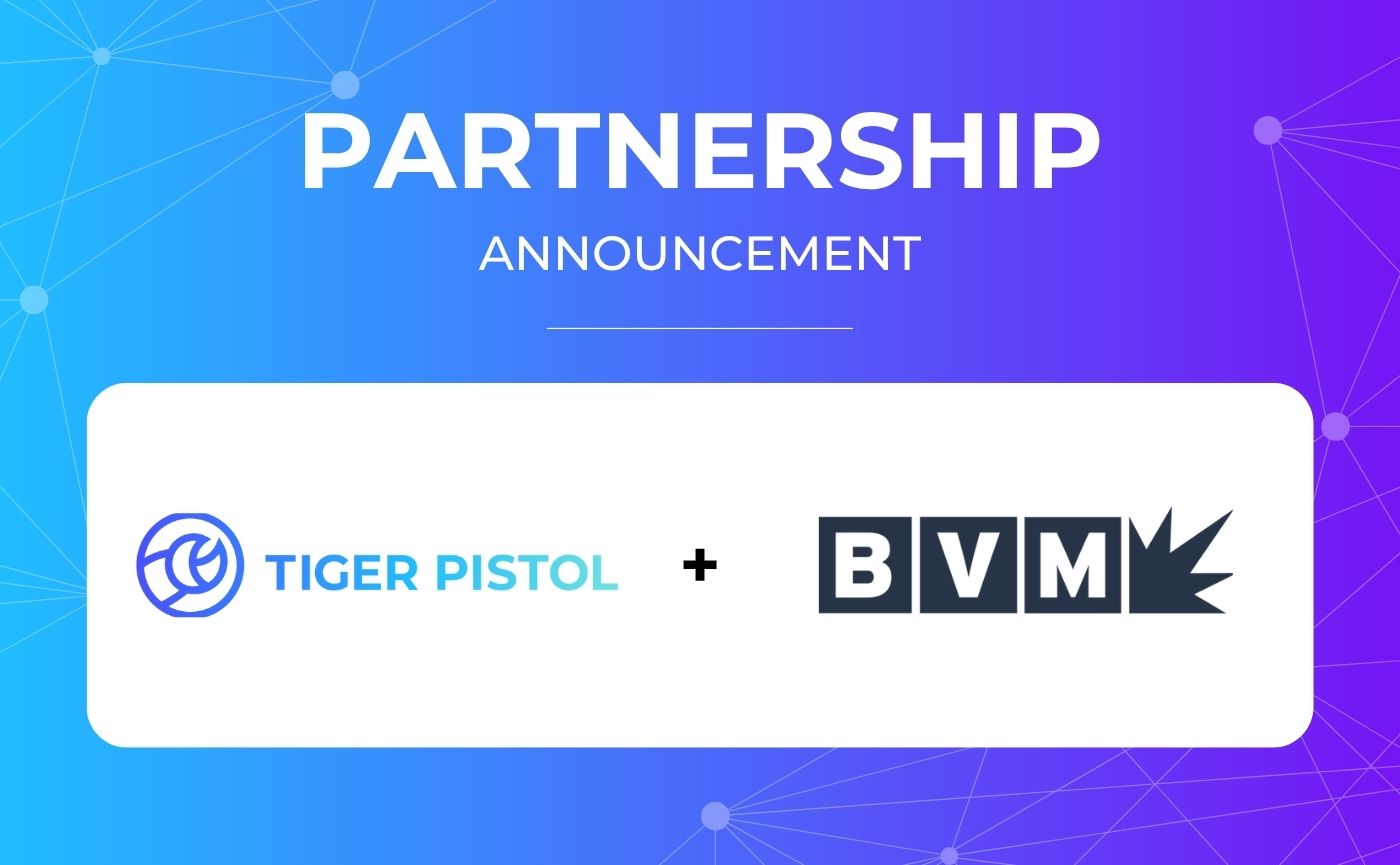Scaling Facebook & Instagram Ads with Automation – A Reseller’s Competitive Edge
Facebook and Instagram remain the most preferred social media platforms for small and medium-sized businesses, making them essential channels for digital advertising strategies.
Massive Audience Reach and Engagement
Facebook, the flagship platform of Meta, remains the largest social media network, with more than 3 billion active users each month. Instagram, on the other hand, has grown rapidly to over 2 billion users. Both offer unmatched opportunities for audience engagement. According to the 2025 Small Business Marketing Survey by Taradel, Facebook (83%) and Instagram (60%) are the most-used platforms for SMBs.
As businesses increasingly rely on these channels for marketing, their influence is expected to grow even further. Facebook’s reach is projected to encompass nearly 76% of the global population by 2027, reinforcing its dominance in the digital advertising space. Meanwhile, Instagram has seen a surge in user engagement, becoming one of the most-visited websites worldwide.
A Critical Tool for SMB Growth
For SMBs, these platforms serve as key drivers for customer connection, brand awareness, and sales growth. Their vast user bases, combined with advanced targeting capabilities, makes them indispensable tools for businesses looking to expand their digital footprint efficiently.
The Challenge of Scaling Facebook and Instagram Ads
However, managing and optimizing high volumes of ad campaigns across these platforms can be resource-intensive, posing challenges for marketing resellers aiming to scale efficiently. Implementing a top-tier local advertising platform that automates campaign workflows – from ad creation and scheduling to optimization – can alleviate these challenges. Automation ensures faster campaign launches with reduced errors and facilitates continuous improvement through built-in A/B testing.
Automation: The Key to Efficiency and Growth
By embracing automation, resellers can expand their service capacity without increasing their workforce. This enables the management of numerous hyperlocal campaigns with minimal effort. This approach not only enhances operational efficiency and client outcomes but also bolsters the reseller’s recurring revenue model by keeping SMBs engaged with long-term, results-driven advertising solutions.
Discover how Tiger Pistol can power your local advertising success.
Related Posts
Best Version Media Selects Tiger Pistol to Power Scalable Social Advertising for SMB Clients
Two-year agreement enables BVM to streamline fulfillment, automate local campaigns, and deliver exceptional results at scale Tiger Pistol, the most advanced local advertising platform, today announced a two-year agreement with Best Version Media (BVM), a leading provider of integrated print and digital marketing solutions, to power its social advertising progra
Meta’s Performance 5 Framework: The Impact of Simplifying Your Account Structure
Meta’s Performance 5 Framework comprises five game-changing best practices that supercharge advertisers’ performance when they leverage Meta’s ad products. In part 2 of our series on the Performance 5 Framework, we’ll take a closer look at recommendation number one: Simplify your account structure and put ad creative in one central campaign. W
SMBs Shift Budgets to Digital Advertising: Opportunities for Marketing Resellers
Small and medium-sized businesses (SMBs) are reallocating their budgets, showing a clear preference for digital advertising. The recent “Modern Commerce Monitor – Localogy Wave 9” report underlines this trend, offering valuable insights for marketing service resellers. These points reflect the growing importance and strategic shift towards digital and
Small Business Social Advertising Benchmark Report for Marketing Resellers
See how we’ve helped marketing resellers lower ad costs and soar past Facebook benchmarks. Get our benchmark report now and see how you compare. Get the Report A Sampling of Savings Get the Report to See How Your Industry Compares Lower CPC Home Services Lower CPC Fitness Lower CPM Healthcare Lower CPM Legal Lower CPM […]





